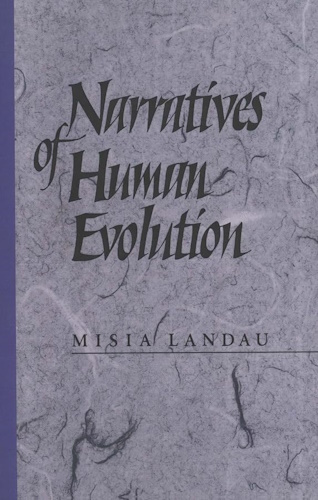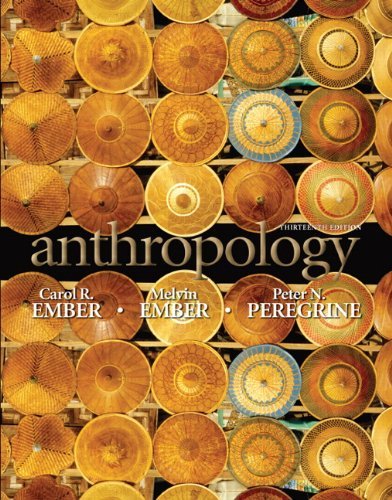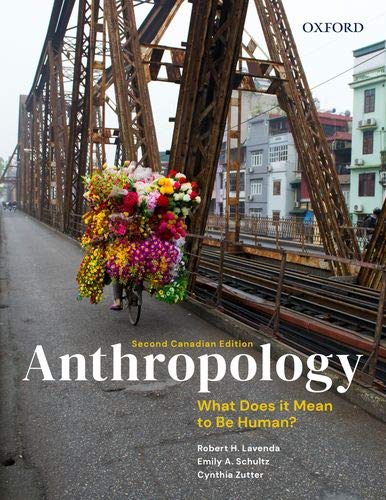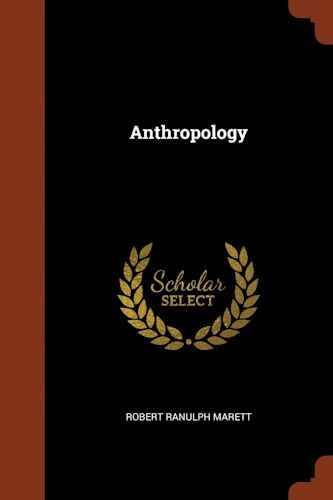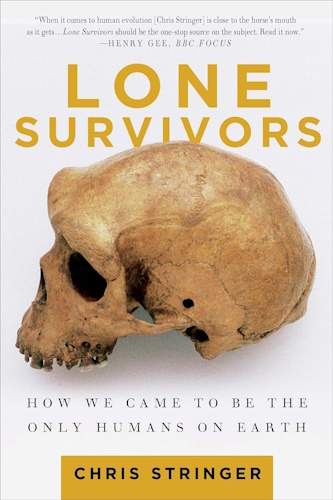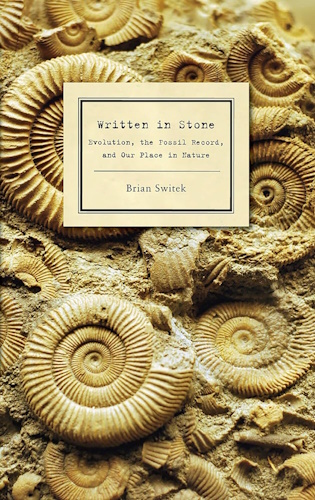![]()
Ardipithecus Ramidus
Potential Human Ancestor
October 2, 2009 8:10 AM,
by
Brian Switek
![]()
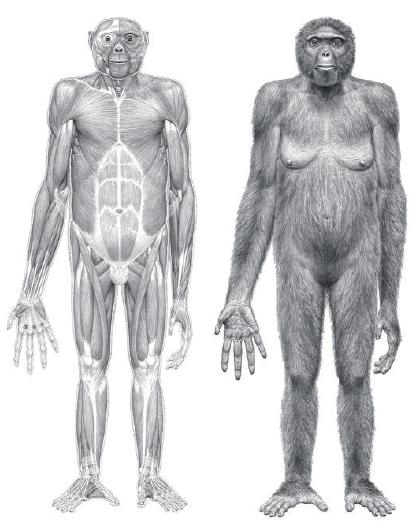
The stories of "Ida" and "Ardi" could hardly be more different.
Ida was a lemur-like primate that lived 47 million years ago in an area that is now Messel, Germany. Ardi was much closer to us; she was one of the earliest hominins and lived 4.4 million years ago in what would become known as Ethiopia.
When the bones of Ida were discovered they were held in a private collection for years before being sold for an undisclosed sum to paleontologist Jorn Hurum. The first bones of Ardi were found in the field in 1992 by paleoanthropologist Gen Suwa. Enough fossils were found for an initial publication two years later, but the search continued for years afterward. That search has yielded over 100 bones from Ardi's kind, representing about 36 individuals. Ardi is the most complete individual, with about 45% of the skeleton intact.
From almost the time of her acquisition by Hurum, Ida was groomed to be a star. The media company Atlantic Productions began to work with Hurum and immediately started the production of a book, several documentaries, and a bombastic public unveiling of a discovery they said would "CHANGE EVERYTHING." The scientists describing Ida were forced to rush their study to meet the deadline set by the company The bones of Ardi and her kin, by contrast, were scrutinized with great detail over 15 years. So secret was the study of her bones that some frustrated paleoanthropologists called it the "Manhattan Project of anthropology."
Ida was introduced to the public as the "ancestor of us all", but the science behind this claim was flimsy. She was more closely related to lemurs than to us. Ardi, however, sits relatively close to the base of the human (i.e. hominin) family tree. Whether our species can trace its ancestral heritage back through hers will be something that will be debated in the months and years to come, but she is nevertheless one of our closest extinct relatives.
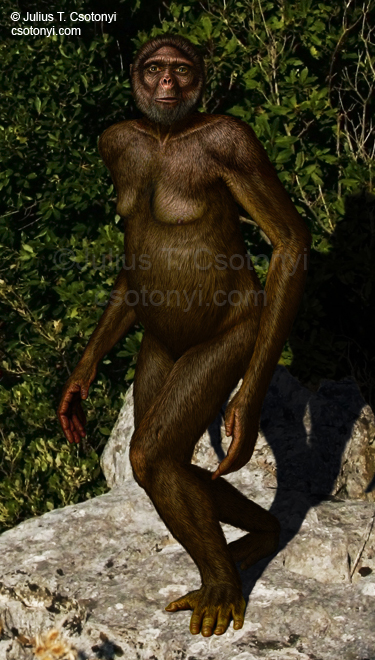
Ardi, of course, is short for Ardipithecus ramidus, one of the earliest hominins found to date. Her skeleton (see image below), as well as bits and pieces of other skeletons of the same species, were described this week in a special edition of the journal Science. While a close relative of Australopithecus afarensis (made famous by "Lucy"), Ardipithecus ramidus is about half a million years older than the earliest Australopithecus afarensis and is a bit closer to the last common ancestor between living chimpanzees and humans.* As such the remains of Ardi and her kind give us a closer look at how some of the earliest humans evolved.
*[I apologize if these technical names are cumbersome, but they are important. There are only a few hominin genera but many species, and when talking about Ardipithecus it is important to distinguish between the species given attention in this post, Ardipithecus ramidus, and its older sister species Ardipithecus kadabba.]
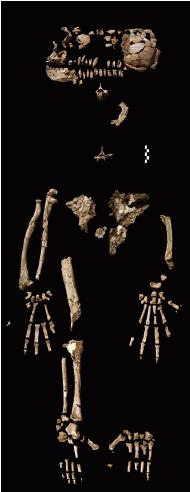
Contrary to the tirades of creationists, paleontologists have identified many evolutionary transitions in the fossil record, and the early history of hominins presents us with some of the most compelling evidence for evolutionary change. The nearly 45% complete skeleton of Ardipithecus ramidus, along with numerous other skeleton fragments from the same species, will enhance our understanding of what our earliest human relatives were like. Depending on your expectations, the skeleton is either very surprising or is consistent with ideas that have been kicked around for some time now.
One of the BIG questions in paleoanthropology, the kind that grabs the attention of the public as well as researchers, is "What was the last common ancestor of chimpanzees and humans like?" The traditional view is that the last common ancestor was a chimpanzee-like knuckle-walker, thus meaning that living chimpanzees are evolutionarily conservative (or have not changed much) while humans have changed radically. A key feature that makes us different from our closest ape relatives is our habitually bipedal posture. How, when, and why did early humans rise up off their knuckles and stand tall?
I say "stand tall" because there has long been an element of mythic storytelling in hypotheses involving the origins of our kind. We want to know the moment our ancestors went from "dumb monkeys" to "noble apes." (See the book Narratives of Human Evolution for more on this.) As such the origin of bipedalism has often been attributed to the beginnings of other "defining" human characters. Our ancestors stood up to free their hands to gesticulate and carry tools, to allow mothers to carry babies more comfortably, to let them see predators and potential prey in the tall grass of the savanna, &c., &c. &c. The emphasis has long been on why our earliest ancestors stood up, but Ardipithecus ramidus suggests that they were already standing upright when they came down from the trees.
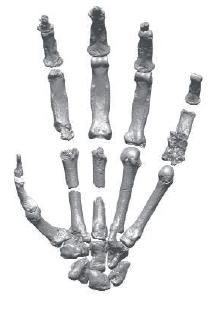
Since the discovery of "Lucy" paleoanthropologists have recognized that the early australopithecines, a diverse group of hominins including both our ancestors and other now-extinct lineages, had their hands in the trees and their feet on the ground. They had long arms with curved fingers suited to climbing in trees yet from the hips down they were adapted to walking bipedally. When the remains of even older hominins were found, like the ~6 million year old Orrorin tugenensis from Kenya and the controversial ~7 million year old hominid Sahelanthropus tchadensis from Chad, they too appeared to posses some traits related to bipedalism. The problem was that these older fossils were very incomplete; Orrorin is represented by a few carnivore-gnawed scraps and Sahelanthropus by a skull and a few teeth. More complete skeletons would be needed to see to what extent early hominins possessed bipedal and arboreal traits. Ardipithecus ramidus does so nicely.
Much like Australopithecus afarensis, Ardipithecus ramidus had upper-body traits that exhibit adaptation to life in the trees while it had relatively broad hips more consistent with bipedal locomotion. The arms of Ardipithecus ramidus were very long (it could put its hands on its knees standing up; take a moment and try to do the same) and it had hands tipped in curved fingers well-adapted to grasping branches (see image to the upper left). It does not appear to have moved through the canopy by swinging from limb to limb, like a gibbon, but instead moved through the trees on all fours, grasping the branches below it rather than hanging from those above.
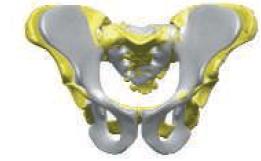
The hips of Ardipithecus ramidus, however, suggest that it probably spent a good deal of time walking upright. (See image to the left. Grey reconstruction is Ardipithecus ramidus. Yellow is Australopithecus afarensis.) In knuckle-walking apes like chimpanzees the blades of the pelvis are flat and come up over the back. In Ardipithecus ramidus the blades of the pelvis form are somewhat more bowl-shaped, a shape that helps hold the viscera of the abdomen in place in hominins that were constantly walking upright. The arrangement in Ardipithecus ramidus did not provide as much support as in our own genus, Homo, or even later australopithecines, but it offered more support than the same bones in chimpanzees. (It should be noted, though, that this interpretation is already controversial.)
The femur, or thigh bone, may also provide a crucial clue to the bipedal habits of Ardipithecus ramidus. Based upon the skeletal restoration published in the Science papers the femur this hominin was oriented to meet the knee-joint at an angle. It might not look like it when you view your own legs, but if you could see your own skeleton when you stood up straight you would see the same orientation, only to a greater extent. This, along with the development of muscles between the top of the femur and the hip, are essential to keeping balance while walking upright.
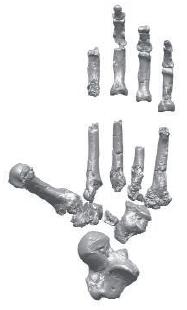
This does not mean that Ardipithecus ramidus walked upright all the time or walked like we do, however. It probably only walked upright while on the ground, preferring to move on all fours by grasping while in the trees, and the muscles important to stabilization while walking were not as developed as in later, habitually bipedal hominins. Ardipithecus ramidus also had a very ape-like foot (see image to the left) with a divergent big toe. In our foot our big toe is in line with the rest and assists with the big push-off at the end of a step. Ardipithecus ramidus lacked this adaptation for walking on the ground. Between its foot morphology and lesser development of the hip muscles for balance, Ardipithecus ramidus may have even slightly swayed side to side while walking.
Yet there was an important difference between the foot of Ardipithecus ramidus and that of living chimpanzees and gorillas. The living African apes have flexible feet useful for grasping, almost like a second pair of hands. In monkeys and other primates, however, a particular bone (the os peroneum) embedded within a foot tendon helps keep the foot rigid, especially when jumping from one surface to another. According to the authors of the study, our close ape relatives have lost this "rigid foot" adaptation while our species has retained it. It appears that Ardipithecus ramidus had this "rigid foot" mechanism too, and this relatively simple trait might have had a major effect on its ability to walk on land. Being able to keep a rigid foot while walking on the ground might have been a subtle feature that nevertheless had great importance as early hominins began to walk on the ground more often.
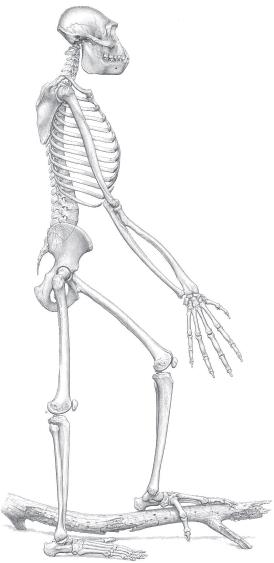
In general, though, it appears that the adaptations that allowed Ardipithecus ramidus to walk upright on the ground were exaptations. Adaptations that its ancestors possessed for life in the trees were advantageous to walking on the ground and were modified to fit a more terrestrial lifestyle. Pre-existing adaptations to life in the trees were put to new use on the ground and began to be shaped by this new mode of life.
But why would Ardipithecus ramidus have walked on the ground so often? What pressures caused the selection of bipedal traits? These questions are difficult to answer, but the scientists behind the descriptive papers hypothesize that Ardipithecus ramidus was a more generalized feeder than living chimpanzees. It did not go as high up into the canopy in search of fruit, and instead ate a wider variety of food more often, something that drew it to the ground. This hypothesis might be able to be tested by looking at what istopes are preserved in the teeth of Ardipithecus ramidus, but even then we can't necessarily be sure we're asking the right questions. I have no doubt these questions will be debated for some time to come.
The hypothesis that Ardipithecus ramidus was arboreally-adapted but did not knuckle-walk, however, is consistent with recent studies that suggest that knuckle-walking was not the ancestral mode of locomotion in the last common ancestor of humans and chimpanzees. In fact, slight differences in the way that gorillas and chimpanzees knuckle-walk may even mean that this "typical" ape mode of locomotion evolved more than once. And while most of the focus has been on Ardipithecus ramidus, the constellation of traits we see in its skeleton may suggest that living chimpanzees are more evolutionarily specialized than we previously thought. What we need to find are early fossil chimpanzees; their side of the family tree is practically blank. Being able to compare early humans with early chimpanzees would tell us much about the evolution of both groups.
There is plenty more that could be said (and certainly will be said) about Ardipithecus ramidus, but the question many people want answered is "How does it fit into our family tree?" The answer is not as straightforward as you might think, and whatever we say now will have to be tested against new discoveries. It will be important to compare even earlier fossil humans and chimpanzees to Ardipithecus ramidus to test what we hypothesize today.
Ardipithecus ramidus is more similar to other early hominins, like australopithecines, than chimpanzees. This makes it one of our early human relatives, but a question remains; was it ancestral to us or does it simply represent the form our true hominin ancestors exhibited at one point in time? Tim White, one of the lead architects of the Ardipithecus ramidus analysis has long favored a straight-line-progression of early hominins, and he slots Ardipithecus ramidus into this sequence. (See his recent essay in The Paleobiological Revolution.)
If White's view is correct, Ardipithecus ramidus would be a chronospecies, or a particular stage in a direct, gradual line of descent that did not have any side branches or splits. This would mean that paleoanthropologists are looking at different forms of a single species at different points in time. As such Ardipithecus ramidus would not have evolved as a result of a speciation event but would instead represent a particular "phase" in a narrow line of hominin evolution. Ardipithecus kadabba transitions to Ardipithecus ramidus which shades into Australopithecus anamensis which turns into Australopithecus afarensis, after which the human evolutionary tree splits between the earliest members of the genus Homo and other australopithecines.
The idea that early hominins shaded into one another in a straight line of descent requires substantial evidence to corroborate. Based upon what we see elsewhere in the fossil record, and even among living species, it is difficult to believe that there were no speciation events that resulted in ancestor species and descendant species living side-by-side for a time. We expect splits, and it may be that what appears to be a straight chain of evolution is only that way because we are still dealing with an incomplete record in terms of time and biogeography. It is also difficult to be sure of direct ancestor-descendant relationships when dealing with extinct organisms, and this is true of hominins just as well as other extinct vertebrates. (White's complaints about "cladists" aside.) We want to know whether this or that early hominin was ancestral to us, but in many cases we cannot know for sure. I have no doubt that there are plenty of other early hominins to be discovered, and as they are found I would expect a "bushier" picture of human evolution to emerge.

Top - That there was a straight line of hominin evolution, each "species" being the phase or grade of one true natural species.
Middle - A single line of hominin evolution with a speciation event in the same area in which the earliest Australopithecus split from Ardipithecus ramidus.
Bottom - Ardpithecus ramidus as one of the last members of a more archaic lineage which existed after a speciation event elsewhere in Africa that gave rise to the first Australopithecus. Published in Science.
While the authors of the present study seem to prefer Ardipithecus ramidus as a "chronospecies" between Ardipithecus kadabba and Australipithecus anamensis (a hominin known from fragmentary remains thought to be intermediate between Ardipithecus and Australopithecus afarensis), they do present two alternative hypothesis (though not in much detail). There may have been some sort of speciation event between the last Ardipithecus and the first Australopithecus, either within the same geographical area or outside it, and either of which could falsify the idea that there was just one lineage of hominins evolving in a gradual fashion in one place. It may even be that Ardipithecus ramidus represents a remnant of an earlier evolutionary split among the earliest hominins. Future discoveries will be needed to test these ideas, but at the moment I must admit that the "chronospecies" pattern preferred by White is a little difficult for me to swallow. It would appear to be consistent with the evidence at present, but I very much doubt that all the relevant evidence is in yet.
Arguments over the tempo and mode of evolution aside, the assorted collection of Ardipithecus ramidus fossils are very impressive and will no doubt be important to our understanding of early human evolution for many years to come. While some have said that the new fossils are more important than "Lucy", I think this is a mistake. Ardipithecus ramidus is so impressive because of the mosaic of features it exhibits when compared to other early hominins and living apes (including us). It is best understood as part of an transitional series in which the evolution of particular features can be tracked. If anything, the fossils of Ardipithecus ramidus make the bones of other early hominins more important; by comparing them to each other that we can achieve a better understanding of our own evolutionary heritage.
[To get the papers summarized in this blog post, visit the special Ardipithecus ramidus webpage hosted by Science.]
![]()
![]()
Disclaimer:
Some material presented will contain links, quotes, ideologies, etc., the contents of which should be understood to first, in their whole, reflect the views or opinions of their editors, and second, are used in my personal research as "fair use" sources only, and not espousement one way or the other. Researching for 'truth' leads one all over the place...a piece here, a piece there. As a researcher, I hunt, gather and disassemble resources, trying to put all the pieces into a coherent and logical whole. I encourage you to do the same. And please remember, these pages are only my effort to collect all the pieces I can find and see if they properly fit into the 'reality aggregate'.
Personal Position:
I've come to realize that 'truth' boils down to what we 'believe' the facts we've gathered point to. We only 'know' what we've 'experienced' firsthand. Everything else - what we read, what we watch, what we hear - is what someone else's gathered facts point to and 'they' 'believe' is 'truth', so that 'truth' seems to change in direct proportion to newly gathered facts divided by applied plausibility. Though I believe there is 'truth', until someone representing the celestial realm visibly appears and presents the heavenly records of Facts And Lies In The Order They Happened, I can't know for sure exactly what "the whole truth' on any given subject is, and what applies to me applies to everyone. Until then I'll continue to ask, "what does The Urantia Book say on the subject?"
~Gail Bird Allen
![]()
![]()

